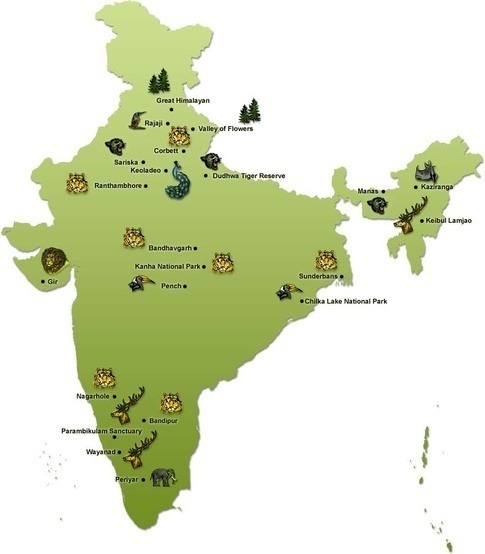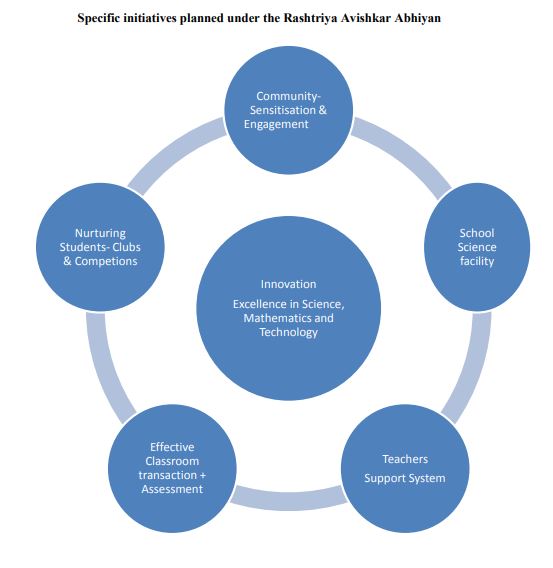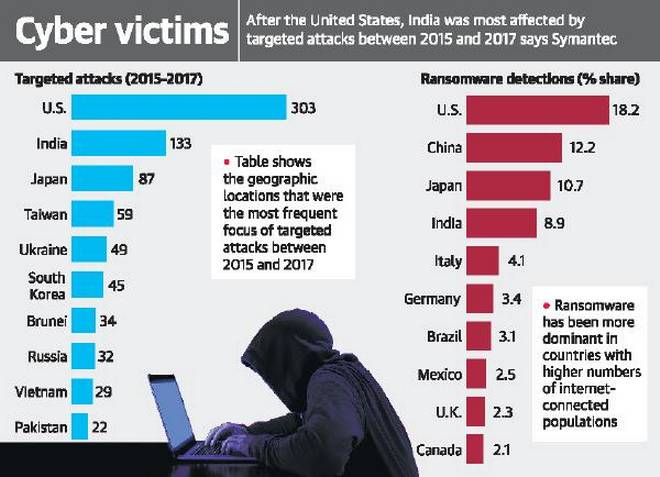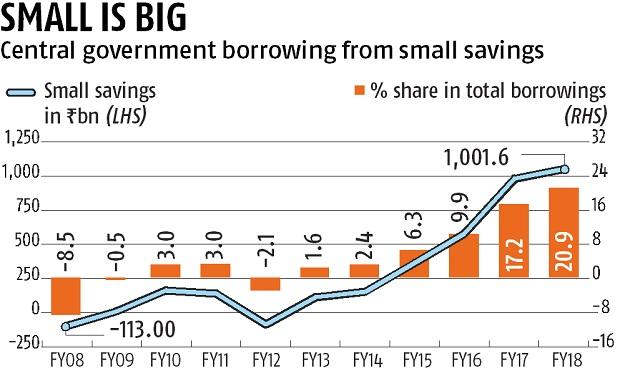Wayanad wildlife Sanctuary
- The Wayanad Wildlife Sanctuary in Kerala was formed in 1973.
- The sanctuary was carved out of two territorial divisions- Wayanad and Kozhikode.
- The sanctuary is located on the southern part of Western Ghats.
- It is a part of the Nilgiri Biosphere Reserve and also an Elephant Reserve.
- The sanctuary is significant because of ecological and geographic continuity with other protected areas such as
- Bandipur Tiger Reserve and Nagarhole National Park of Karnataka in north-eastern portion
- Mudumalai Tiger Reserve of Tamil Nadu in south-eastern side
- The vegetation comprises of tropical semi-evergreen forests, moist mixed deciduous forests, dry mixed deciduous forests, bamboo forests, and marshy grasslands.

- Last year, the first-ever vulture and raptor survey was conducted at the sanctuary.
- As many as 24 species of raptors and two species of vultures were recorded.
Rashtriya Avishkar Abhiyan
- Ministry of Human Resource Development has launched the Rashtriya Avishkar Abhiyan (RAA).
- It is a convergent framework across School Education and Higher Education aiming to encourage children towards learning Science and Mathematics.
- The objectives of the RAA are,
- To enable children to become motivated and engaged in Science, Mathematics and Technology (SMT).
- To create a culture of thinking, inventing, tinkering to promote enquiry based learning in schools.
- To encourage and nurture schools to be incubators of innovation.
- It is planned to provide nourishing and nurturing support to and a platform for schools in a dual track approach.

- Rashtriya Avishkar Abhiyan will target students in the age group of 6 - 18 years.
- It will encourage the children to have an enduring interest both inside classroom and outside classroom activities.
Competition Commission of India (CCI)
- The Union Cabinet approved a proposal to bring down the members of Competition Commission of India (CCI).
- Presently the CCI has seven members, including the chairperson.
- With this decision the change may be one chairperson and three members, totaling four members.
- CCI is a statutory body of the Government of India responsible for enforcing the Competition Act, 2002.
- Click here to know about CCI.
Internet Security Threat Report
- The ‘Internet Security Threat Report’ was recently released by security solutions provider Symantec.
- According to the report, India emerged as the third most vulnerable country in terms of risk of cyber threats, such as malware, spam and ransomware, in 2017.
- India continues to be 2nd most impacted by spam and bots, 3rd most impacted by network attacks, and 4th most impacted by ransomware.

- Cyber criminals are rapidly adding “cryptojacking” to their arsenal as the ransomware market becomes overpriced and overcrowded.
- Cryptojacking is defined as the secret use of your computing device to mine cryptocurrency.
- The global threat ranking is based on eight metrics — malware, spam, phishing, bots, network attacks, web attacks, ransomware and cryptominers.
National Social Assistance Program (NSAP)
- NSAP is a welfare program administered by the Ministry of Rural Development.
- Its launch represents a significant step towards the fulfillment of the Directive Principles in Article 41 of the Constitution.
- The program introduced a National Policy for Social Assistance for the poor.
- It aims at ensuring minimum national standard for social assistance in addition to the benefits that states are currently providing or might provide in future.
- This program is implemented in rural areas as well as urban areas.
- The NSAP scheme was brought within the umbrella of ‘Core of Core’ scheme in 2016.
- NSAP at present comprises of
- Indira Gandhi National Old Age Pension Scheme (IGNOAPS)
- Indira Gandhi National Widow Pension Scheme (IGNWPS)
- Indira Gandhi National Disability Pension Scheme (IGNDPS)
- National Family Benefit Scheme (NFBS)
- Annapurna
Small Savings Schemes
- According to data from the Reserve Bank of India (RBI), small savings schemes accounted for a little over a fifth (20.9 per cent) of all central government borrowing.

- Small savings scheme include post office deposits, National Savings Certificate (NSC), and Kisan Vikas Patras (KVP).
- The period (FY14-FY18) also saw a jump in government borrowing from the provident fund.
- In the same period, annual borrowing from the (bond) market declined by 27 per cent.
- Kisan Vikas Patra is a small savings instrument that will facilitate people to invest in a long term savings plans.
- National Savings Certificates are savings instrument that are eligible for tax rebate.
- Both KVP and NSC can be purchased from the Post offices.
Source: PIB, The Hindu, BusinessLine, Business standard


